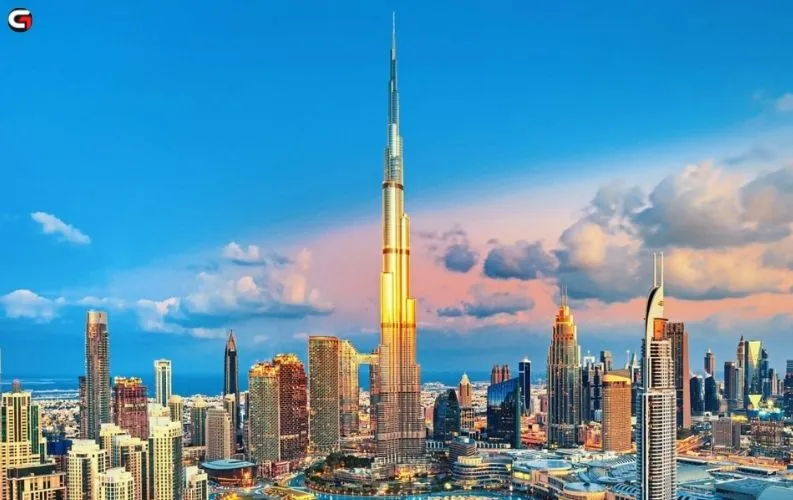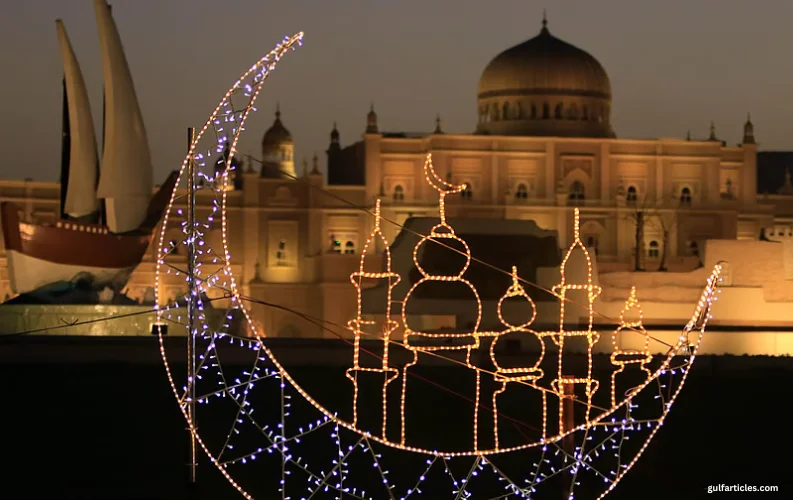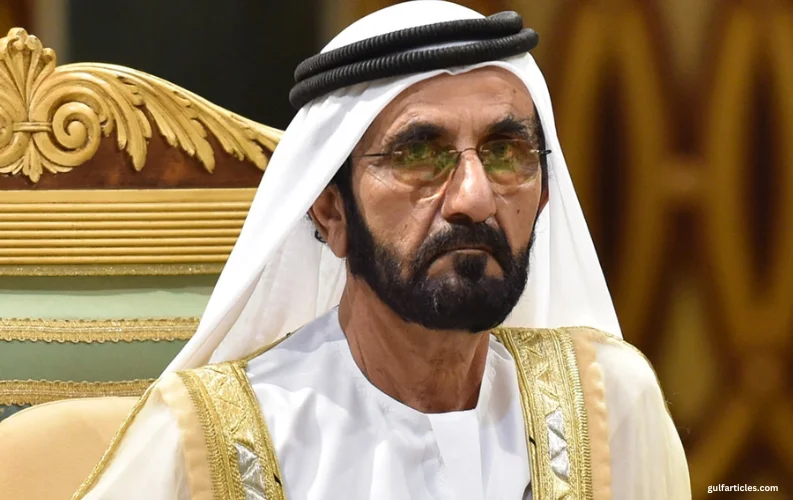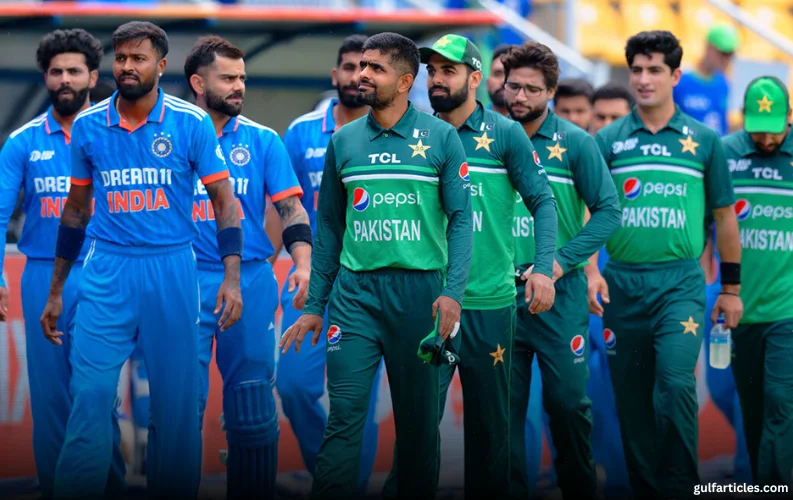The real estate sector in Gulf countries is experiencing remarkable growth. This surge can be attributed to a variety of factors, each contributing to the dynamic landscape of property development in the region. In this comprehensive exploration, we will delve into the reasons behind this growth, examine the current trends, and discuss the future prospects of the real estate market in Gulf countries.
Economic Diversification
Historically, Gulf countries such as Saudi Arabia, the UAE, Qatar, and Kuwait relied heavily on oil revenues. However, in recent years, these nations have recognised the need for economic diversification. They are shifting their focus from oil to other sectors like tourism, finance, and technology. This strategic pivot has led to a surge in infrastructure and real estate development.
The diversification strategies are designed to reduce dependency on oil and create a more balanced economy. As a result, significant investments are being channelled into real estate projects. These investments are not just limited to residential properties but extend to commercial spaces, hospitality ventures, and mixed-use developments.
Urbanisation and Population Growth
Urbanisation is a key driver of real estate growth in the Gulf region. Cities are expanding rapidly as more people migrate from rural areas in search of better opportunities. The increase in urban population has created a higher demand for housing and commercial spaces.
The rapid urbanisation trend is particularly evident in cities like Dubai, Riyadh, and Doha. These cities are experiencing a construction boom, with numerous residential, commercial, and mixed-use projects underway. The growing population is also driving the demand for modern amenities and infrastructure, further fueling real estate development.
Government Initiatives and Policies
Governments in the Gulf region are actively supporting the growth of the real estate sector. Various policies and initiatives have been introduced to attract both domestic and foreign investors. These include favourable regulations, tax incentives, and streamlined procedures for property acquisition.
For instance, the UAE has implemented measures to ease property ownership for expatriates. These measures include granting long-term residency visas to property investors and simplifying the process for foreign investors to buy property. Similarly, Saudi Arabia has introduced Vision 2030, a strategic plan that includes significant investments in real estate and infrastructure.
Infrastructure Development
Infrastructure development is a crucial factor in the real estate boom in Gulf countries. Governments are investing heavily in new infrastructure projects, including roads, airports, public transport systems, and utilities.
The development of new infrastructure enhances connectivity and accessibility, making properties in these regions more attractive to investors and buyers. For example, the expansion of the Dubai Metro and the development of new road networks have significantly improved transportation in the city, boosting property values and stimulating real estate development.
Expo 2020 and Global Events
Major global events, such as Expo 2020 held in Dubai, have had a significant impact on the real estate market in the Gulf region. These events attract international attention and investment, showcasing the region’s potential as a global business and tourism hub.
Expo 2020, in particular, has spurred a wave of real estate development in Dubai. The event highlighted the city’s growth and its potential as a major player in the global economy. The increased interest from international investors and tourists has further accelerated real estate development, leading to the creation of new commercial spaces, hotels, and residential properties.
Surge in Luxury Real Estate
The Gulf region is known for its opulent lifestyle, and this is reflected in the luxury real estate market. High-end properties, including luxury apartments, villas, and commercial spaces, are in high demand.
Cities like Dubai and Doha are renowned for their luxury developments, which attract wealthy buyers and investors from around the world. These properties often feature state-of-the-art amenities, exclusive locations, and unparalleled design. The luxury real estate market continues to thrive as the region positions itself as a global luxury destination.
Foreign Investment
Foreign investment plays a significant role in the Gulf real estate market. The region offers attractive returns on investment, and many countries have relaxed regulations to make it easier for foreigners to invest in property.
For example, the UAE has established freehold zones where foreigners can fully own property. Similarly, Qatar has introduced laws to encourage foreign investment in real estate. These policies have led to an influx of international investors seeking opportunities in the Gulf real estate market.
Market Trends and Insights
The real estate market in Gulf countries is characterised by several key trends. One of the most notable trends is the rise in demand for mixed-use developments. These projects combine residential, commercial, and leisure facilities in one location, offering a comprehensive living experience.
Another trend is the focus on sustainable and green building practices. As environmental concerns become more prevalent, developers are incorporating eco-friendly features into their projects. This includes energy-efficient systems, sustainable materials, and green spaces.
Market analysis indicates that the demand for affordable housing is also increasing. While luxury properties continue to be popular, there is a growing need for more affordable residential options to cater to the diverse population of Gulf countries.
Sustainable Development
Sustainability is becoming a major focus in the Gulf real estate sector. Governments and developers are increasingly prioritising green building practices and sustainable development.
In cities like Dubai, the Green Building Code mandates that new developments meet specific environmental standards. This includes energy-efficient designs, water conservation measures, and the use of sustainable materials. Such practices not only contribute to environmental conservation but also attract investors who value sustainability.
Challenges Facing the Real Estate Market
Despite the overall positive outlook, the Gulf real estate market faces several challenges. One of the primary concerns is market fluctuations. Economic factors, geopolitical events, and global market trends can impact real estate prices and demand.
For example, fluctuations in oil prices can affect the overall economic stability of Gulf countries, which in turn can impact the real estate market. Investors need to stay informed about market conditions and be prepared for potential changes.
Another challenge is the oversupply of properties in some areas. In certain cities, rapid development has led to an oversupply of residential and commercial spaces. This can result in increased competition and potential price drops. Developers and investors need to carefully assess market demand to avoid potential pitfalls.
Future Prospects
The future of the real estate market in Gulf countries looks promising. Continued investment in infrastructure, government support, and economic diversification will drive growth in the sector.
As urbanisation continues and population growth persists, the demand for real estate is expected to remain strong. The focus on sustainability and green building practices will also play a crucial role in shaping the future of the market.
Moreover, ongoing global events and economic trends will continue to influence the real estate sector. Staying updated on these factors will be essential for investors and developers seeking to capitalise on opportunities in the Gulf real estate market.
Conclusion
The real estate market in Gulf countries is undergoing significant growth. Economic diversification, urbanisation, government initiatives, and infrastructure development are key factors driving this growth.
Major events, the rise in luxury properties, and foreign investment further contribute to the market’s dynamism. While challenges exist, the overall outlook remains positive. The focus on sustainability and ongoing investment will continue to shape the future of the real estate sector in the Gulf region.
This comprehensive exploration of real estate growth in Gulf countries highlights the various factors influencing the market. It provides insights into current trends, challenges, and future prospects, offering a valuable perspective for investors, residents, and industry professionals.
This blog will provide an in-depth analysis of the real estate growth in Gulf countries, focusing on the key factors driving the expansion of this market. It will explore the latest trends, such as the rise of luxury developments, smart city initiatives, and sustainable construction practices, and examine the opportunities and challenges for investors and developers. The post will offer valuable insights into the future of real estate in the Gulf, helping readers understand the dynamics of this rapidly evolving market.























